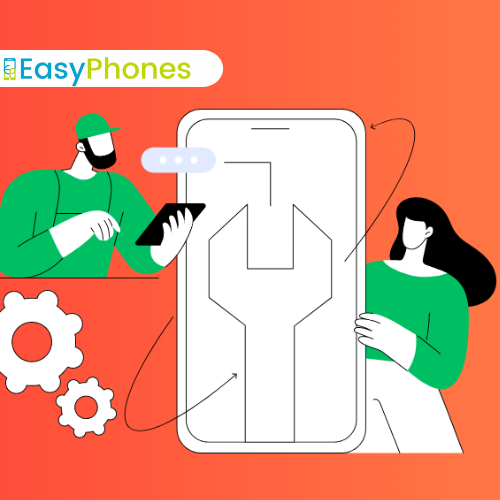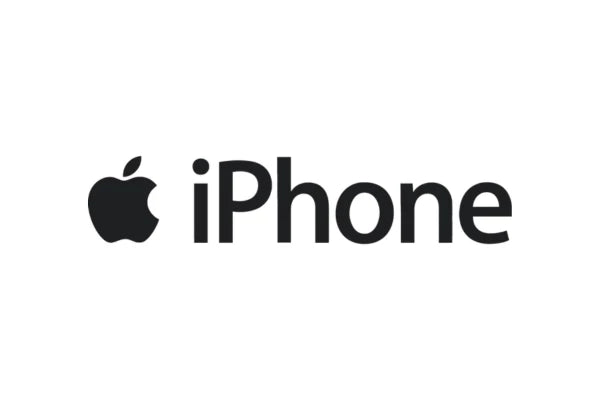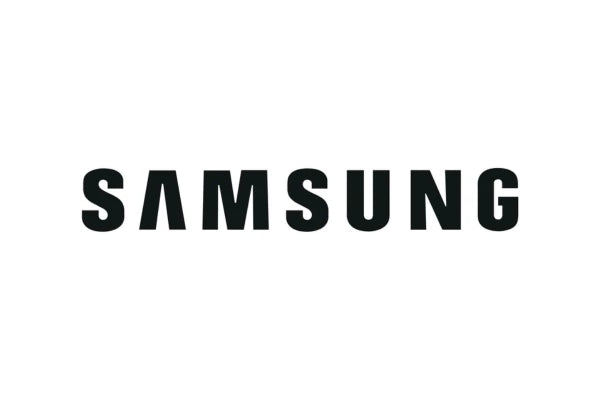
Understanding Refurbishment: How Phones Are Restored to Like-New Condition
Share
The concept of refurbished phones is becoming increasingly popular as consumers look for cost-effective and eco-friendly alternatives to buying new devices. But what exactly does refurbishment entail? This guide will take you through the process of how phones are restored to like-new condition, ensuring quality and reliability.
In a world where technology evolves rapidly, staying up-to-date with the latest devices can be expensive. Refurbished phones offer an affordable and environmentally friendly option, but understanding the refurbishment process is crucial for making an informed purchase. This article delves into the step-by-step process of refurbishing phones, highlighting the benefits and considerations.
What Does Refurbishment Mean?
Definition and Scope
Refurbishment involves restoring a used or returned phone to like-new condition. This process includes thorough inspection, repair, and testing to ensure the device meets the manufacturer's standards. Unlike simply reselling used phones, refurbishment aims to provide a product that performs as reliably as a new one.
Why Phones Are Refurbished
Phones can be refurbished for various reasons, such as minor defects, customer returns, or trade-ins. These devices are often still in good condition but require some work to restore their full functionality and appearance. Refurbishment helps extend the life of these phones and reduces electronic waste.
The Refurbishment Process
Initial Inspection and Sorting
The first step in the refurbishment process is the initial inspection and sorting of the phones. Each device is examined to assess its condition and determine the necessary repairs. This step ensures that only suitable phones proceed to the next stages of refurbishment.
Data Wiping and Resetting
Before any repairs are made, all data is wiped from the phone to protect the previous owner's privacy. The phone is then reset to its factory settings. This step is crucial for ensuring the device is ready for a new user and meets data protection standards.
Hardware Testing
Once the phone is cleaned and reset, it undergoes a series of hardware tests. Technicians check all components, including the screen, buttons, speakers, and cameras, to identify any issues. This thorough testing ensures that every part of the phone functions correctly.
Repair and Replacement
Any identified defects or damaged components are repaired or replaced. This can include replacing cracked screens, faulty batteries, or malfunctioning buttons. Using original or high-quality parts is essential to maintain the phone's performance and durability.
Software Updates and Testing
After hardware repairs, the phone's software is updated to the latest version. Technicians also install any necessary drivers and run comprehensive software tests to ensure the operating system and all applications work seamlessly. This step ensures the phone is up-to-date and performs optimally.
Quality Control and Final Inspection
The refurbished phone undergoes a final quality control check to ensure all repairs and updates have been successful. This includes a thorough inspection of both hardware and software. Only phones that pass these rigorous tests are approved for sale as refurbished devices.
Packaging and Resale
Once the phone has passed all inspections, it is cleaned and packaged with necessary accessories, such as chargers and cables. The phone is then ready for resale, often with a warranty that provides the new owner with confidence in their purchase.
Benefits of Buying Refurbished Phones
Cost Savings
Refurbished phones are significantly cheaper than new ones, offering substantial savings. This makes high-end models more accessible to budget-conscious consumers. The cost savings are one of the primary reasons people choose refurbished phones.
Environmental Impact
Buying refurbished phones helps reduce electronic waste and the demand for new devices, contributing to a more sustainable environment. The refurbishment process extends the life of existing phones, conserving resources and reducing the carbon footprint associated with manufacturing new devices.
Quality Assurance
Refurbished phones undergo rigorous testing and repairs, ensuring they meet high-quality standards. Many come with warranties, giving buyers peace of mind. The quality assurance provided by reputable refurbishment programs ensures that these phones perform reliably.
Considerations When Buying Refurbished Phones
Warranty and Return Policy
Ensure the refurbished phone comes with a warranty and a reasonable return policy. This provides protection against potential defects and issues that might arise after purchase. A solid warranty and return policy are indicators of the seller's confidence in their refurbishment process.
Reputable Sellers
Buy from reputable sellers with positive reviews and a good track record. Look for certifications and customer feedback. Reputable sellers are more likely to provide a quality product and good after-sales service.
Understanding the Phone's Condition
Read the description carefully to understand the phone's condition. Look for details about cosmetic imperfections, battery health, and any replaced parts. Understanding these aspects will help you make an informed decision and set realistic expectations.
The Future of Refurbished Phones
Technological Advancements
As technology advances, the refurbishment process continues to improve. Better diagnostic tools and repair techniques enhance the quality of refurbished phones. Future advancements are likely to make refurbished phones even more reliable and appealing to consumers.
Growing Market and Consumer Awareness
The market for refurbished phones is growing as more consumers recognize the benefits. Increased awareness and demand drive improvements in the refurbishment process and expand the range of available models. This growth trend is expected to continue, providing consumers with more options and better quality.
FAQs
Q: Are refurbished phones as good as new ones?
A: Refurbished phones undergo extensive testing and repairs to meet high standards, often making them perform like new. They may have minor cosmetic imperfections but are generally reliable.
Q: How long do refurbished phones last?
A: The lifespan of a refurbished phone depends on the quality of refurbishment and how well it is maintained. With proper care, refurbished phones can last several years.
Q: Can refurbished phones receive software updates?
A: Yes, refurbished phones can receive software updates just like new phones, ensuring they stay current with the latest features and security patches.
Q: Are refurbished phones safe to buy?
A: Yes, as long as you buy from reputable sellers who offer warranties and return policies, refurbished phones are a safe and reliable option.
Q: Do refurbished phones come with accessories?
A: Most refurbished phones come with necessary accessories, such as chargers and cables, but it's always best to check the listing details to be sure.



